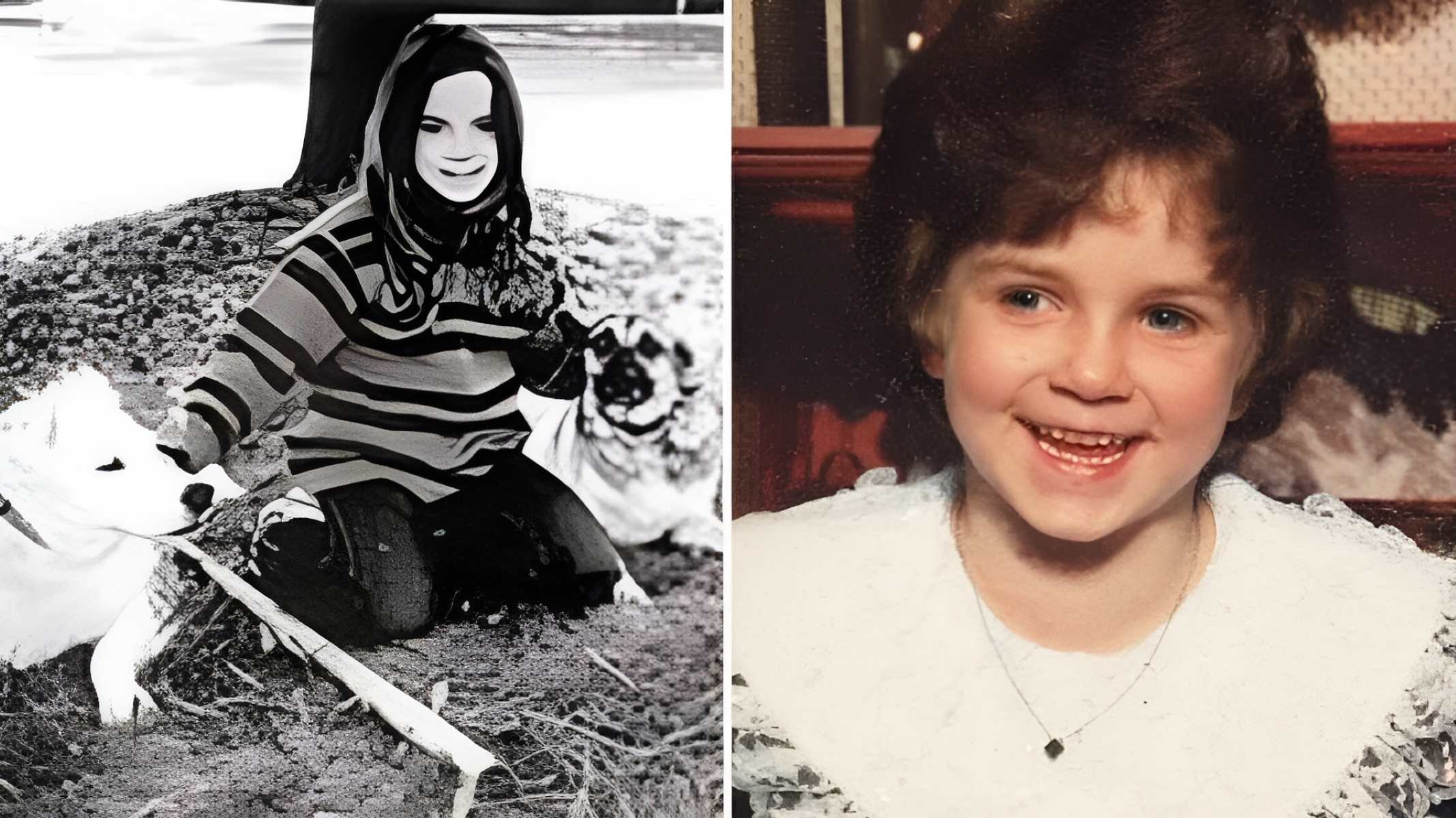
Who was Candace Newmaker? Candace Newmaker was a young girl whose tragic story has left a lasting impact on child welfare and therapeutic practices. Born Candace Tiara Elmore, she was adopted by Jeane Newmaker, a pediatric nurse, in 1996. Sadly, Candace's life took a dark turn when she underwent a controversial therapy called "rebirthing" in 2000. This therapy aimed to treat her attachment disorder but resulted in her untimely death. Candace's case has since sparked debates about the safety and ethics of certain therapeutic methods. Her story serves as a cautionary tale and a call for more stringent regulations in child therapy.
Key Takeaways:
- Candace Newmaker's tragic story highlights the dangers of unproven therapies and the need for better regulation to protect vulnerable children in therapeutic settings.
- Her legacy serves as a reminder of the importance of evidence-based treatments and the ongoing efforts to safeguard the well-being of children with trauma.
The Tragic Story of Candace Newmaker
Candace Newmaker's story is both heartbreaking and eye-opening. Her life and untimely death have sparked discussions about child welfare, adoption, and controversial therapeutic practices. Here are some key facts about her life and the events surrounding her tragic end.
-
Candace Newmaker was born on November 19, 1989, in Lincolnton, North Carolina.
-
Her birth name was Candace Tiara Elmore.
-
Candace was placed in foster care at the age of five due to neglect and abuse by her biological parents.
-
In 1996, she was adopted by Jeane Newmaker, a single woman and pediatric nurse.
The Adoption and Behavioral Issues
Candace's adoption was meant to provide her with a stable and loving home. However, she exhibited behavioral issues that led her adoptive mother to seek help.
-
Jeane Newmaker reported that Candace had severe behavioral problems, including aggression and defiance.
-
Candace was diagnosed with Reactive Attachment Disorder (RAD), a condition often seen in children who have experienced early trauma.
-
Jeane sought various treatments for Candace, including traditional therapy and medication.
-
Despite these efforts, Candace's behavior did not improve significantly.
The Controversial Therapy
In a desperate attempt to help Candace, Jeane turned to a controversial form of therapy known as "rebirthing."
-
Rebirthing therapy is a pseudoscientific practice that aims to simulate the birthing process to help children bond with their adoptive parents.
-
The therapy involves wrapping the child in a blanket and applying pressure to simulate contractions.
-
Candace underwent rebirthing therapy in April 2000 at the Attachment Therapy Institute in Evergreen, Colorado.
-
The session was led by therapists Connell Watkins and Julie Ponder.
The Fatal Session
The rebirthing session that was supposed to help Candace ended in tragedy.
-
During the session, Candace was wrapped in a flannel sheet and covered with pillows.
-
Four adults applied pressure to Candace, simulating the birth canal.
-
Candace was instructed to fight her way out of the sheet to be "reborn."
-
She struggled and pleaded for help, saying she couldn't breathe.
-
The session lasted for 70 minutes, during which Candace lost consciousness.
-
Despite her cries for help, the therapists continued the session.
-
Candace was pronounced dead on April 19, 2000, due to asphyxiation.
The Aftermath and Legal Consequences
Candace's death led to legal actions and changes in laws regarding therapeutic practices.
-
Connell Watkins and Julie Ponder were charged with reckless child abuse resulting in death.
-
Both therapists were convicted and sentenced to 16 years in prison.
-
Jeane Newmaker pleaded guilty to neglect and received a four-year suspended sentence.
-
The case led to the passing of "Candace's Law" in Colorado, which bans rebirthing therapy.
-
Several other states have since enacted similar laws to prevent such tragedies.
Public Reaction and Media Coverage
Candace's story received widespread media attention and sparked public outrage.
-
The case was covered by major news outlets, including CNN and The New York Times.
-
It raised awareness about the dangers of unregulated therapeutic practices.
-
Documentaries and books have been produced to tell Candace's story and advocate for safer therapeutic methods.
-
The case highlighted the need for better oversight and regulation of child therapy practices.
Legacy and Impact
Candace Newmaker's tragic death has had a lasting impact on child welfare and therapeutic practices.
-
Her story serves as a cautionary tale about the potential dangers of unproven therapies.
-
It has led to increased scrutiny of attachment therapy and similar practices.
-
Organizations advocating for child safety have used Candace's case to push for reforms.
-
The case has prompted discussions about the importance of evidence-based treatments for children with behavioral issues.
-
Candace's Law has inspired other states to consider similar legislation to protect vulnerable children.
-
Her story continues to be a powerful reminder of the need for compassion and caution in treating children with trauma.
-
Candace Newmaker's legacy lives on as a symbol of the importance of safeguarding children's well-being in therapeutic settings.
Final Thoughts on Candace Newmaker
Candace Newmaker's story is a stark reminder of the importance of ethical practices in therapy. Her tragic death during a controversial "rebirthing" session highlights the need for strict regulations and oversight in therapeutic methods. This case led to significant changes in laws and practices, ensuring better protection for vulnerable individuals.
Understanding Candace's story also sheds light on the broader issues within the child welfare system. It emphasizes the necessity for proper training and awareness among professionals working with at-risk children. By learning from past mistakes, society can strive to create safer environments for those in need.
Candace's legacy, though born from tragedy, serves as a catalyst for positive change. Her story continues to resonate, urging us to prioritize safety, compassion, and ethical standards in all areas of care and therapy.
Frequently Asked Questions
Was this page helpful?
Our commitment to delivering trustworthy and engaging content is at the heart of what we do. Each fact on our site is contributed by real users like you, bringing a wealth of diverse insights and information. To ensure the highest standards of accuracy and reliability, our dedicated editors meticulously review each submission. This process guarantees that the facts we share are not only fascinating but also credible. Trust in our commitment to quality and authenticity as you explore and learn with us.


